Capabilities of Partners
Strengths of the LMRCSC Partner Institutions
Historical Precedents, Educational Programs, and Marine Research
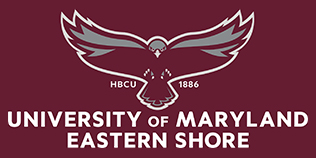
University of Maryland Eastern Shore (UMES): Academic interactions and collaborations between UMES and NOAA began in the early 1970s and have resulted in the production of more than eleven (11) graduates currently working or who worked for NOAA, including two of NOAA Fisheries highest graded African-American employees, Dr. Ambrose Jearld (retired) and Ms. Joan Palmer, retired (NEFSC), and LMRCSC supported graduates, Dr. Larry Alade (NEFSC), and Dr. Lonnie Gonsalves (NOS). UMES has used previous funding from NOAA to support students, hire faculty, some of whom have moved into tenure track positions, and build infrastructure. UMES now has 12 scientists working directly in the area of marine and fisheries science, the highest number at any HBCU in the United States, a $3M Paul S. Sarbanes Coastal Ecology Center near Assateague Island, Maryland, and an ultra-modern Water Quality Laboratory. UMES was a member of the Education Partnership Program Consortium of 10 HBCU’s with Marine, Environmental and Atmospheric Sciences capabilities assembled by NOAA. Using funds provided to the LMRCSC by NOAA and the infrastructure that has been built, UMES has in the past five years leveraged >$12 million in the form of grants from various agencies, particularly the National Science Foundation (NSF), to establish new and continue its existing educational and research programs in NOAA science related areas. Notable among these programs are: Research Experiences for Undergraduates (REU) in Marine and Estuarine Sciences for freshmen and sophomores, Professional Science Master’s (PSM) degree in Quantitative Fisheries and Resource Economics, a summer geoscience bridge program at UMES jointly run by the four NOAA Cooperative Science Centers, and the Center of Research Excellence in Science and Technology (CREST) that focuses on an integrated study of coastal ecosystem processes and dynamics in the mid-Atlantic region. These programs have enabled UMES to recruit, train and graduate more students in its Marine and Fisheries sciences programs. Among the UMES-LMRCSC students who received NOAA Knauss fellowships in the past five years are Emily Tewes (2015), Efeturi Oghenekaro (2016), Rebecca Peters (2017), Noelle Olsen (2018), and Laura Almodovar-Acevedo (2020).
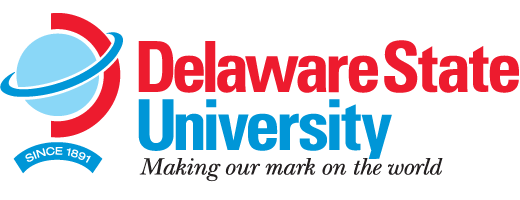
Delaware State University (DSU): The DSU aquatic sciences research program includes eight faculty and staff members with expertise in marine and fisheries sciences. Current research projects range from the investigation of regionally important fishes, such as diadromous species, to ocean acidification and hypoxia/anoxia impacts on larval fish and estuarine habitat restoration via oyster revitalization and restoration in the Delaware Inland Bays. Other projects probe cutting-edge aquaculture-related research questions, seafood safety issues, estuarine biogeochemistry and aquatic toxicology. DSU students benefit from the faculty’s varied research repertoire, the increased course offerings, and also the university’s two research skiffs, both equipped with navigation and sampling gear, including trawls, traps and gillnets. Through frequent research trips into Delaware Bay and coastal regions, students obtain valuable field training and sampling skills, thereby earning a competitive edge in preparation for future employment in fisheries sciences. In addition, students gain hands-on experience at the DSU Aquaculture Research and Demonstration Facility, which has 34 freshwater ponds and over 4,000 square feet of temperature- and humidity-controlled wet lab space, where aquaculturists rear both freshwater and marine species of fish. The aquatic science research group also maintains a small ocean acidification research lab and water quality analysis lab, which also house numerous state-of-the-art instruments for biogeochemical and toxicological analyses. Symone Johnson, an M.S. graduate of DSU received NOAA Knauss fellowship in 2016.

Hampton University (HU): Hampton University has a strong tradition of educating African American students. It’s Marine Science department is ranked #1 in the United States in graduating the most African American Marine Science undergraduates in the last 10 years. During the 1970s, HU was the first among HBCUs to develop a program in Marine Sciences. In 2000, NOAA Fisheries negotiated HU’s participation in the Virginia Cooperative Marine Education and Research (CMER) Program. In 2002, Dr. Deidre Gibson, a Biological Oceanographer, was hired as an Assistant Professor to strengthen the marine science program at HU. Now, she is an Associate Professor and Chair of the Department of Marine and Environmental Sciences, and Project Director of the HU-LMRCSC. Educational and research capacity at HU has been enhanced by the addition three scientists with expertise in fisheries and marine mammal studies. HU offers a B.S. degree in marine and environmental science. HU has graduated over 200 undergraduate and 15 M.S. students since 1981, including Dr. Kimani Kimbrough, an Environmental Chemist working with NOAA NCCOS, Larry Redd Jr. (NOAA Office of Sustainable Fisheries, Headquarters, Silver Spring, MD) and Dr. Jeanette Davis (NOAA Office of Sustainable Fisheries, Portland, OR). Fifty percent (50%) of the non-Ph.D. NOAA employees funded by LMRCSC are from HU, and four have become NOAA Knauss Fellows, Larry Redd Jr. (2016), and Symone Johnson (2016) and Jeannette Davis (2015) who received their undergraduate degrees from HU.
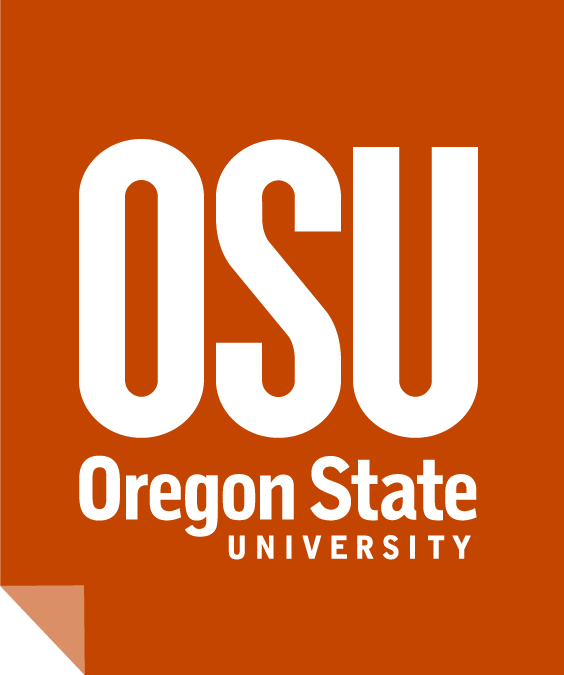
Oregon State University (OSU): OSU offers graduate degrees in fisheries science, applied economics, oceanography, and marine resource management. The Hatfield Marine Science Center (HMSC), OSU’s campus for research, education, and outreach in marine and coastal sciences, houses a collaborative scientific community with ~120 personnel representing OSU, and another 180 employed by federal and state agencies on-site. The Cooperative Institute of Marine Resources Studies (CIMRS) has been located at HMSC since 1982 and fosters research cooperation between OSU and NOAA. Among the graduates from OSU-LMRCSC are Dr. Marisa Litz (Salmon Biologist, Washington Dept. of Fisheries and Wildlife), and Dr. Chante Davis, a NOAA 2018 Knauss Fellow.

Savannah State University (SSU): The history of marine science programs at SSU began with NOAA support in 1973. Since the B.S. program was formalized in 1979, SSU has established a formidable record of success of its B.S. degree program in marine sciences, supports externally funded research and training programs, and has been effective in its outreach efforts. The University implemented the first M.S. degree program in Marine Sciences located on the Georgia coast in the fall of 2002. National data show that 33% of master’s degrees in marine/ocean sciences earned by African Americans in the U.S. from 2004-2007 were earned at SSU and 10% of African American master’s and doctoral students in marine/ocean sciences in 2007 were either enrolled in the master’s program at SSU or were former SSU students enrolled in doctoral programs elsewhere. Among the many SSU graduates are Michelle Duncan, a Fishery Biologist at NOAA NMFS, Panama City Lab, FL, and Christaan Van Westendorp, a NOAA Corps officer. Since the LMRCSC was created in 2001, SSU has added three additional faculty positions, bringing it to a total of eight, and a two-year aquarium certification program. Dr. Sue Ebanks, an LMRCSC graduate who finished her B.S. and M.S. degrees in Marine Science at SSU and her Ph.D. at RSMAS, joined the faculty and is currently an Associate Professor. In 2014, the University System of Georgia Board of Regents approved $2.5 million for the design and planning of a new Marine Science and Technology Lab building, which was completed in 2017.
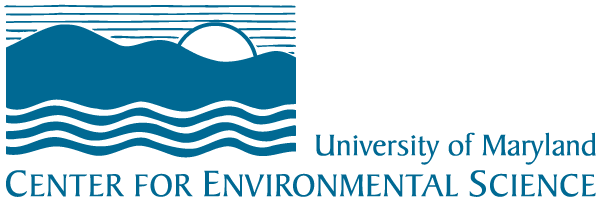
University of Maryland Center for Environmental Science (UMCES-IMET): IMET is a unit of the University of Maryland Center for Environmental Science, a campus of the University System of Maryland. It is the pre-eminent center in the U.S. for aquaculture/fisheries biotechnology and marine microbial biotechnology and has ongoing collaborative programs with NOAA and LMRCSC partners. IMET facilities include research laboratories for marine biotechnology, at the Columbus Center, along with a state-of-the-art re-circulating aquaculture research facility in Baltimore, Maryland. IMET’s mission is to apply the tools of modern biology and biotechnology to study, protect and enhance marine and estuarine resources. Integral to IMET’s research focus is education, training and economic development. IMET has graduated many LMRCSC supported Ph.D. and M.S. students, including Dr. Jose Reyes-Tomassini (formerly Fishery Biologist, NOAA, NWFSC), now a faculty member at Wartburg College, IA, and Dr. Jeanette Davis (NOAA Sustainable Fisheries, Portland, OR). IMET-LMRCSC students are also recipients of the NOAA Knauss fellowships, including Dr. Jeanette Davis, 2015 (NOAA Sustainable Fisheries, Portland, OR), Ammar Hanif, 2018, and Amanda Lawrence, 2020.
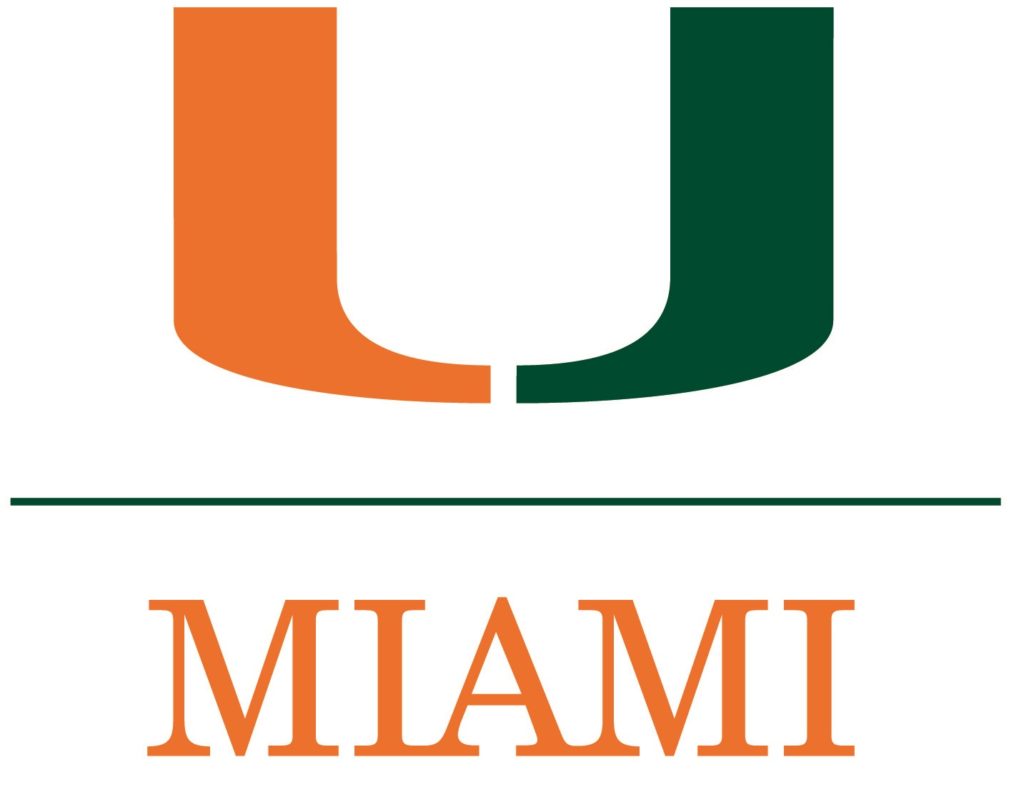
University of Miami/RSMAS: RSMAS is one of the world’s leading Marine Science research and teaching institutions. A close collaborative relationship between NOAA and RSMAS is fostered by the proximity of RSMAS, the AOML and the SEFSC of NOAA, all located at Virginia Key, Florida. RSMAS hosts the Cooperative Institute for Marine and Atmospheric Sciences (CIMAS), a joint Institute between NOAA, the University of Miami and most of the Florida and US Caribbean Marine Research Institutions. The LMRCSC at RSMAS has graduated many students who belong to URM groups; examples are Ayeisha Brinson (Ph.D., 2009) an Economist at NOAA Headquarters, Joel Llopiz (Ph.D., 2009), a Research Scientist at WHOI, Dwight Ebanks (Ph.D., 2014), a Lecturer at SSU, Xaymara Serrano (Ph.D. 2014), a Research Scientist at NOAA AOML, and Rolando Santos (Ph.D. 2015), a Post-doctoral fellow at Florida International University.

